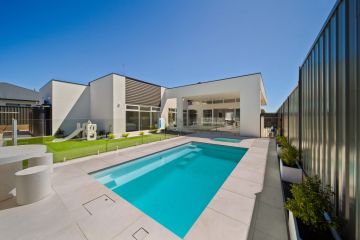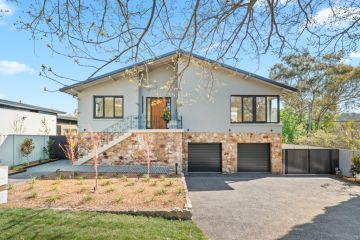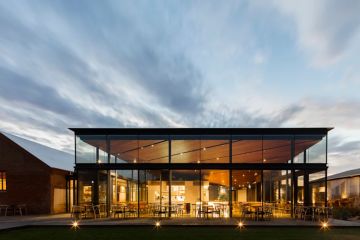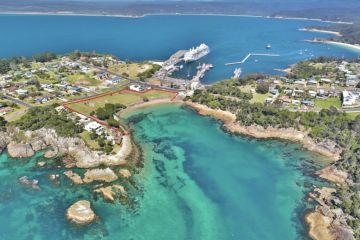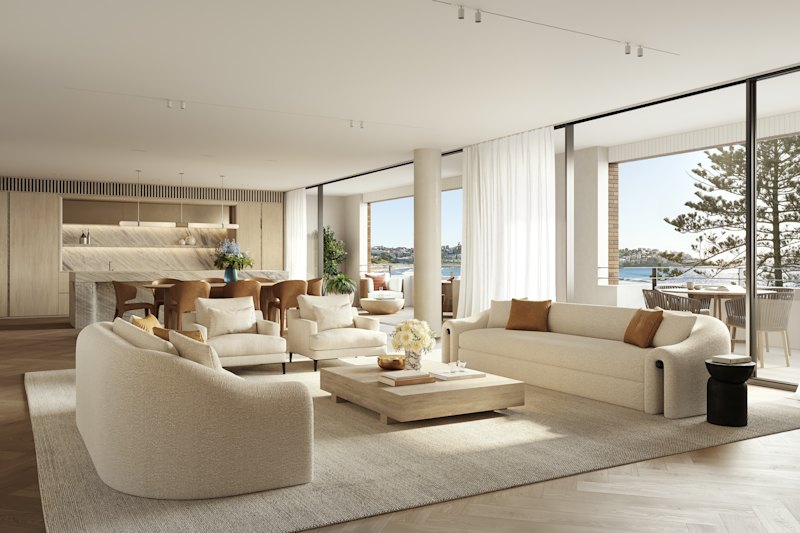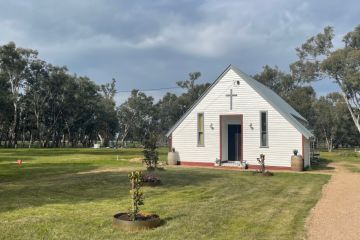Change to NSW strata laws to give apartment owners power to turn buildings into gold mines
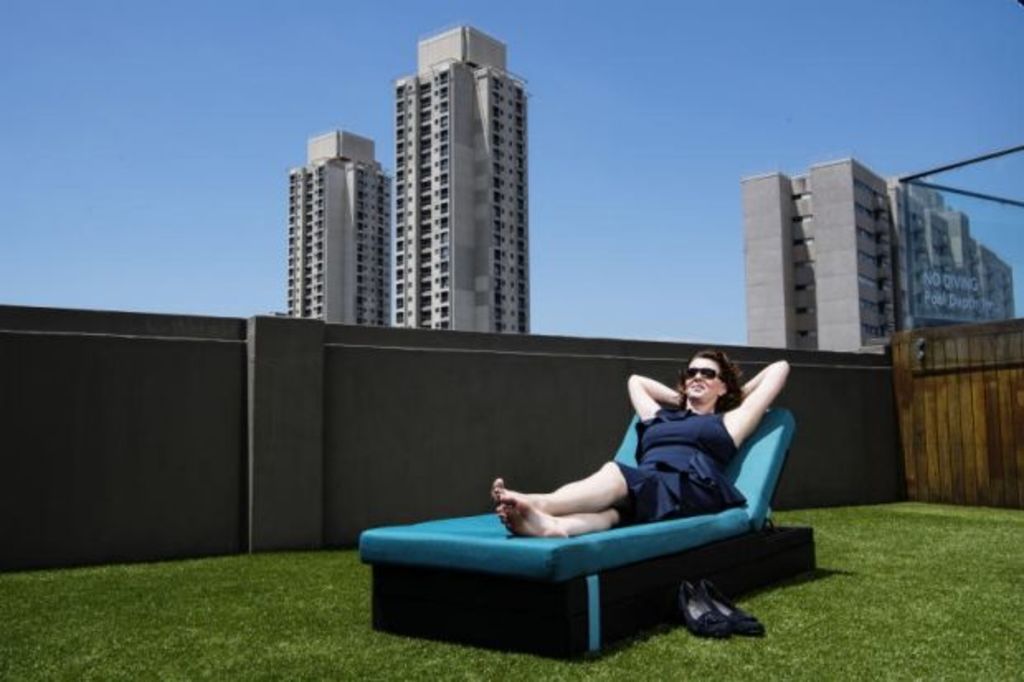
Apartment owners may soon find themselves able to insert extra units into their blocks, create car parking below and add penthouses on top to bring in extra revenue and dramatically increase the value of their homes.
As a result of a little known “renewal” clause in imminent strata law changes coming into effect on November 30, it will be much easier for them to organise to redevelop their buildings themselves, in partnership with a developer, or to allow a developer to completely upgrade their blocks.
“This opens up so many possibilities for apartment owners,” says Sydney apartment owner and businesswoman Catherine Lezer, who is also a director of the independent not-for-profit Strata Community Australia.
“It’s about proactively managing the value of your apartment asset. Before, it was difficult to organise and to finance. Now both are possible.”
The new legislation includes a clause that allows just 75 per cent of owners in a building – in place of the current 100 per cent – to vote to make sweeping changes. Since it’s rare that every owner will ever agree to anything, this amendment is seen as potentially revolutionising the apartment world.
Already, there’s been a number of inquiries from buildings to financiers Lannock Strata Finance about taking out loans to pay for ambitious, and possibly hugely profitable, redevelopment plans, particularly for older crumbling small buildings in the eastern suburbs, inner west and lower north shore.
More relaxed height restrictions and floor space ratios, coupled with vastly improved building techniques, will allow more homes to be built in the same footprint or on sites where higher, larger blocks would today be allowed in what’s now being seen as a redevelopment bonanza for apartment-dwellers.
“We’ve had some apartment owners talking about participating in the development themselves, for instance putting balconies on to their apartments or stripping out their old buildings and just rebuilding on the core,” says Lannock CEO Paul Morton.
“We’ve had another in the inner west just wanting to finance the DA, so they can sell their apartment building and the land with a much greater value attached. Apartment owners and developers used to be engaged in David-and-Goliath battles, but now the Davids – the apartment owners – are able to organise themselves, with this 75 per cent rule, and apply for the finance to be able to decide for themselves what they want to do.”
The sales of any extra apartments built are likely to pay for the renewal of the original building, and enable owners to add extra lifestyle amenities, such as balconies, improved bathrooms, better layouts, even smaller items like smarter lighting and higher quality fixtures and fittings in common areas.
Buildings with DAs attached could be much more attractive to developer-buyers, in the same way homeowners in the Hills district have cashed in by grouping together to sell whole blocks with DAs to developers.
Others are preferring to approach developers with a view to forming joint ventures to carry out changes and divide the profits, or manage the projects themselves. Still others are considering trying to get together with neighbouring old buildings to form larger sites to offer developers, which, since they tend to be in much sought-after inner city areas, might be even more attractive than those big areas for sale in the Hills.
“It’s pretty exciting stuff,” says Guillaume Volz, Colliers International’s national director of development sites. “Apartment owners have lots of options there. The state government has done a great job in activating sites outside Sydney with masterplanned developments, but it’s the core suburbs like the east, inner west and lower north shore where a lot of people want to live.
“A lot of sites there aren’t making the most of their land and there are a lot of opportunities for apartment owners to unlock its real value.”
Many of the old three-storey walk-ups built in the 1950s and 1960s now desperately need to be modernised and renewed, or added to and extended, or pulled down and replaced.
Lincoln Blackledge of the Stonebridge Property Group sees lots of possibilities now available. “In the past, you often had just one person who didn’t move forward blocking everyone else from improving their property,” he says.
“Now there is so much more flexibility. It’s great that commonsense can prevail.”
A report by the UNSW City Futures Research centre, Renewing the Compact City, identified 15 per cent of strata schemes (2600 schemes) registered before 1990 could be feasibly redeveloped as low-rise buildings up to three storeys, and a further 33 per cent (5729 schemes) up to 10 storeys.
Lannock’s Morton has just finished negotiating finance to enable a number of new redevelopment plans to go ahead after November 30. Loans tend to range for $5000 to $5 million over the longest 10-year period.
“We’ve seen a spike in inquiries from apartment owners and strata managers seeking finance for strata renewal projects,” he says. “Their shabby ’70s unit is now a potential gold mine.”
We recommend
We thought you might like
States
Capital Cities
Capital Cities - Rentals
Popular Areas
Allhomes
More
